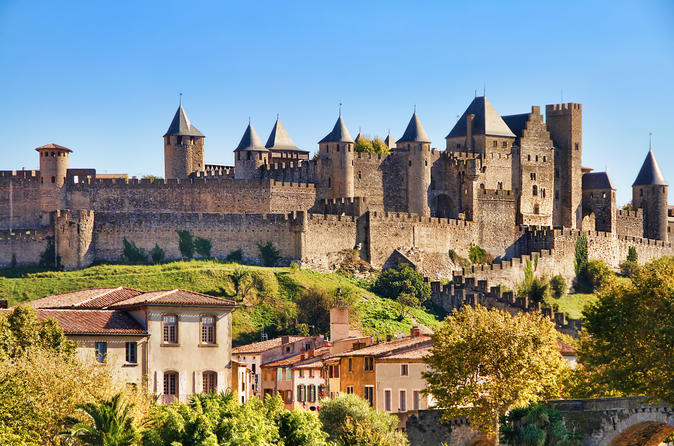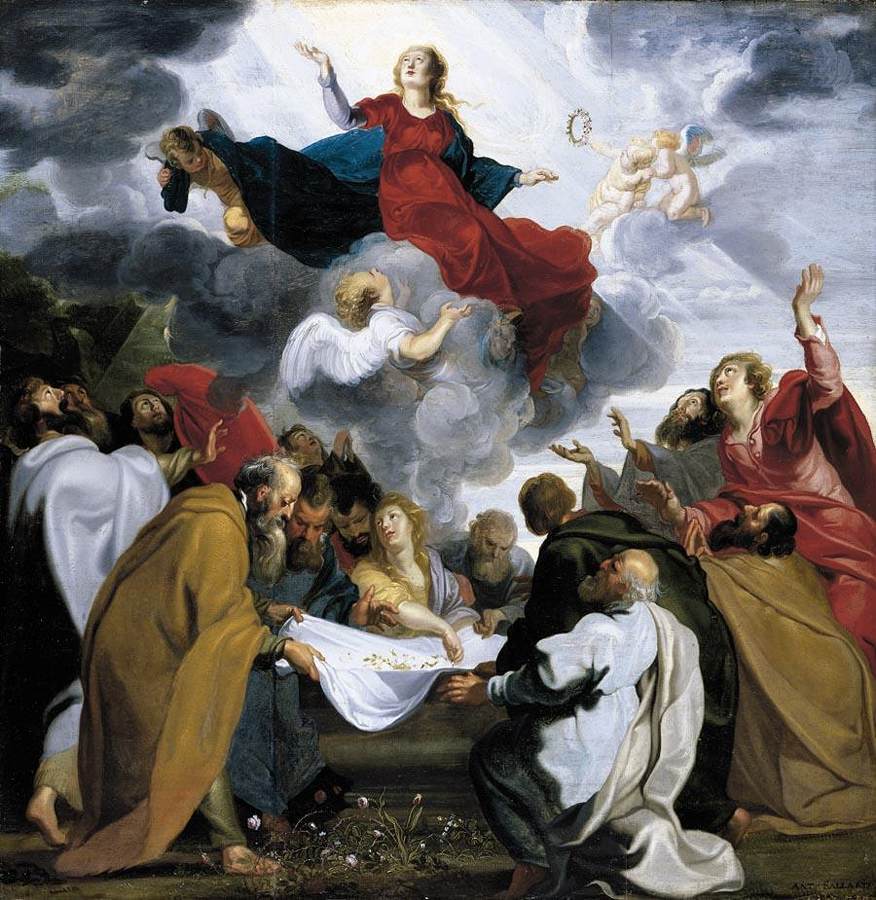
SUNDAY
A twelve-hour drive to Carcassonne through rain and traffic jams. No stopping even for mass with six in the car and a ton of baggage.
MONDAY
The basilica at Carcassonne is seething with people, such is the weight of tourists here. Lincoln Cathedral is ten times bigger and more magnificent but there are only a couple of dozen people wandering around at any one time.
TUESDAY
The cathedral at Mirepoix is extraordinary. It is one of the widest naves in Europe – so wide that the church appears almost square, like a modern church but it is medieval.
WEDNESDAY
We are staying in the Vieux Presbytere at Orsans near Franjeux. The church is tightly locked and only opened for a service about four times a year, but I get the key and sit alone in its nineteenth century splendour for a time. The blue and gold ceiling is magnificent.
There was a priest living at the old presbytery til the 1940s. His bedroom was next to ours behind the wall next to the altar. What sort of quiet life would he have had in this tiny hilltop village? What would he have done all day? Would he have been an heroic type like the Cure d’Ars? Or a lazy man? Possibly a mixture of the two, I suspect. But he and his world are gone. Now there is a swimming pool where holidaymakers from all over Europe come to enjoy themselves.
THURSDAY
We drive one and a half hours to the foothills of the Pyranees to visit a Cathar castle, Perepetuis. First we walk up the steep mountain for an hour and a half. I have never been so hot. I am streaming with sweat. Arriving at the top we are comforted by a man demanding a ticket. We have invaded the Castle by the back way. After words, we drive through the forbidding Gorge de Gambus.
FRIDAY
I cycle for four hours along the side of the Canal du Midi. It is a lovely experience. The wheels running beneath one easily. The great 300-year-old trees shading one for most of the time. The sun dripping off the waters of the canal. Only an occasional boat passing through a lock gate. Progress is gentle and smooth. After dinner in the square at Merepois with the whole family.
SATURDAY
We drive to Montsegur. Here the Cathars held out for months in 1244 against the Albigensian Crusade. It is a tough climb for Mary and once again we arrive at the top but it is already late and the castle is empty. After the others have left I sit in the ruined old chapel, its roof gone and walk to the edge of the ramparts looking out across the great valley. A church bell sounds in the distance. I feel a great sense of peace and remembrance in this silence of the Cathars, of the desire by their ‘Perfecti’ of a pure life, their feeling that the world around them was irredeemably corrupt and rotten. This is a much more peaceful place than Perpetois with all its clambering tourists.
After we go to the Lac de Montebel. A vast full moon, a super moon, rises up over the lake, sparkling from the orange and reds of the sunset. And after we have a barbecue outside.


